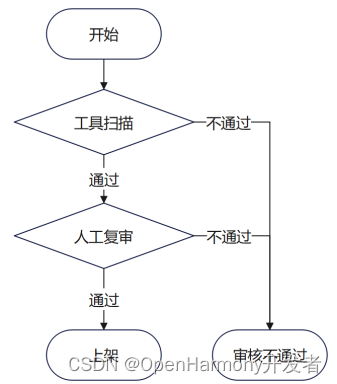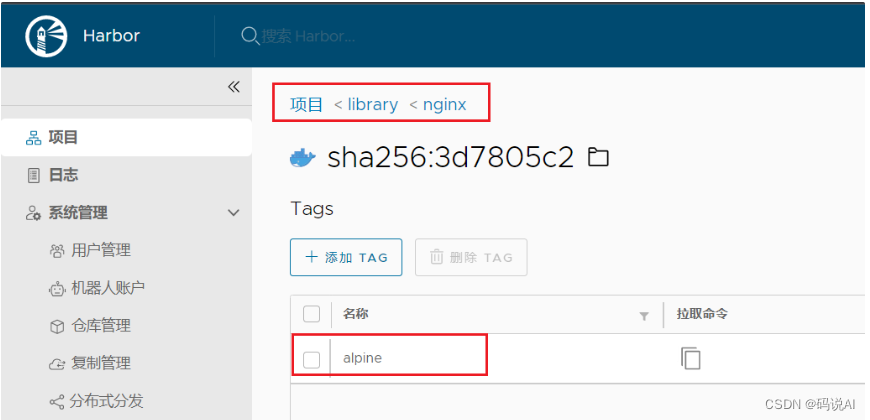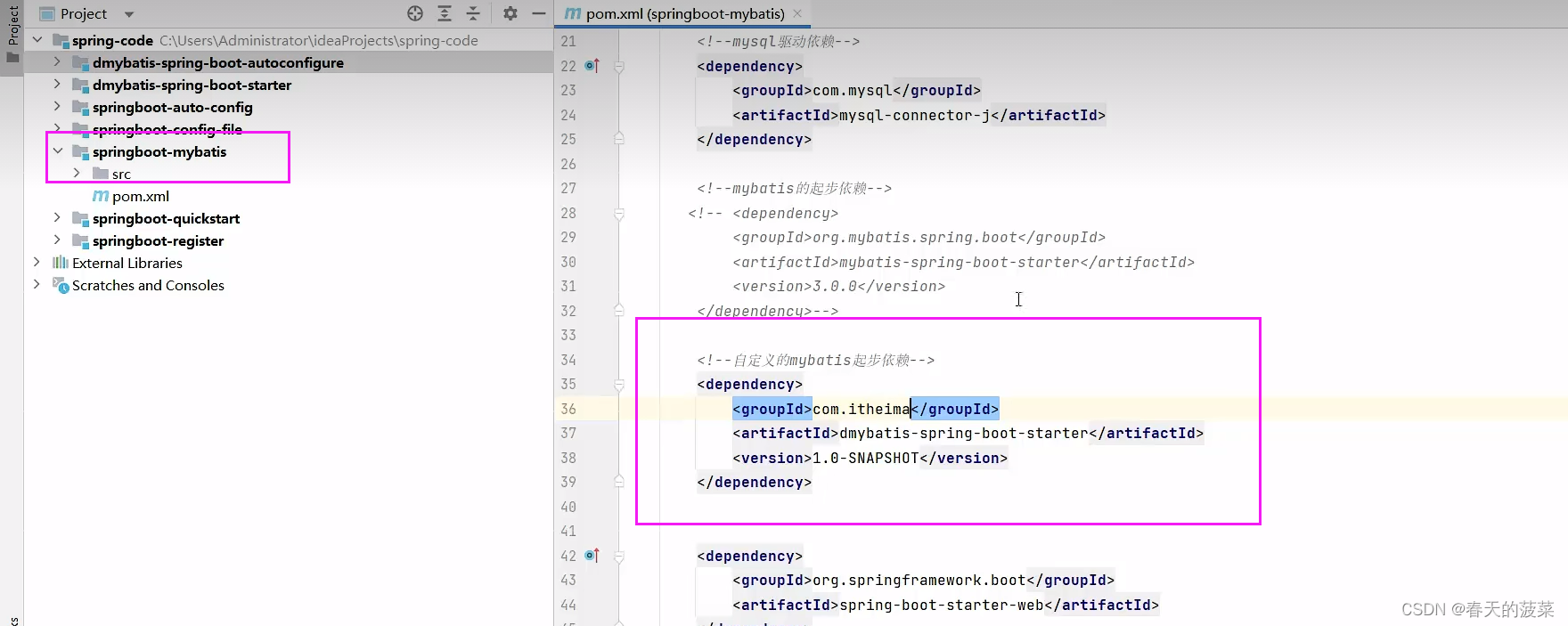0 持久化(pipelines.py)使用步骤
1 爬虫中间件和下载中间件
1.1 爬虫中间件(一般不用)
1.2 下载中间件(代理,加请求头,加cookie)
1.2.1 加请求头(加到请求对象中)
1.2.2 加cookie
1.2.3 加代理
2 scrapy集成selenium
3 源码去重规则(布隆过滤器)
3.1 布隆过滤器
4 分布式爬虫
持久化(pipelines.py)使用步骤
# 1 scrapy 框架,安装,创建项目,创建爬虫,运行爬虫
# 2 scrapy架构
# 3 解析数据
1 response对象有css方法和xpath方法
-css中写css选择器 response.css('')
-xpath中写xpath选择 response.xpath('')
2 重点1:
-xpath取文本内容
'.//a[contains(@class,"link-title")]/text()'
-xpath取属性
'.//a[contains(@class,"link-title")]/@href'
-css取文本
'a.link-title::text'
-css取属性
'img.image-scale::attr(src)'
3 重点2:
.extract_first() 取一个
.extract() 取所有
# 4 继续爬取
- 下一页的地址:Request(url=next, callback=self.parse)
- 详情地址:Request(url=url, callback=self.detail_parser)
-额外去写detail_parser内的解析
# 5 数据传递
-解析中有数据---》下个解析中还能拿到
Request(url=url, callback=self.detail_parser,meta={'item':item})----》给了Response对象的meta属性
# 6 配置文件
-基础配置
-高级配置--》提高爬虫效率
# 7 持久化---》把数据保存到磁盘上:文件,mysql
-管道
-使用步骤
-1 写个类:items.py,里面写字段
class CnblogItem(scrapy.Item):
name = scrapy.Field()
author = scrapy.Field()
url = scrapy.Field()
img = scrapy.Field()
desc_content = scrapy.Field()
# 文本详情
text = scrapy.Field()
-2 配置文件配置(管道,配置多个,存在多个位置)
ITEM_PIPELINES = {
"scrapy_demo.pipelines.CnblogPipeline": 300,
"scrapy_demo.pipelines.CnblogMysqlPipeline": 200,
}
-3 爬虫解析中:yield item
-3 pipelines.py中写类:open_spider,close_spider,process_item

1 爬虫中间件和下载中间件
1.1 爬虫中间件(一般不用)
# 第一步:写个爬虫中间件类
class ScrapyDemoSpiderMiddleware:
@classmethod
def from_crawler(cls, crawler):
# This method is used by Scrapy to create your spiders.
s = cls()
crawler.signals.connect(s.spider_opened, signal=signals.spider_opened)
return s
# 走架构图第1步,会触发这里
def process_spider_input(self, response, spider):
# Called for each response that goes through the spider
# middleware and into the spider.
# Should return None or raise an exception.
return None
# 架构图,第1,7步走这里
def process_spider_output(self, response, result, spider):
# Called with the results returned from the Spider, after
# it has processed the response.
# Must return an iterable of Request, or item objects.
for i in result:
yield i
def process_spider_exception(self, response, exception, spider):
# Called when a spider or process_spider_input() method
# (from other spider middleware) raises an exception.
# Should return either None or an iterable of Request or item objects.
pass
# 架构图第一步
def process_start_requests(self, start_requests, spider):
# Called with the start requests of the spider, and works
# similarly to the process_spider_output() method, except
# that it doesn’t have a response associated.
# Must return only requests (not items).
for r in start_requests:
yield r
def spider_opened(self, spider):
spider.logger.info("Spider opened: %s" % spider.name)
# 2 配置文件配置
SPIDER_MIDDLEWARES = {
"scrapy_demo.middlewares.ScrapyDemoSpiderMiddleware": 543,
}
1.2 下载中间件(代理,加请求头,加cookie)
class ScrapyDemoDownloaderMiddleware:
@classmethod
def from_crawler(cls, crawler):
# This method is used by Scrapy to create your spiders.
s = cls()
crawler.signals.connect(s.spider_opened, signal=signals.spider_opened)
return s
def process_request(self, request, spider):
# - return None: 继续执行当次请求,继续走下一个中间件---》如果中间件没了---》执行下载
# - return Response :直接把Response返回给引擎,引擎交给爬虫去解析
# - return Request :把request返回给引擎,引擎给调度器,等待下一次被爬取
# - 直接抛异常: 触发process_exception执行
return None
def process_response(self, request, response, spider):
# Must either;
# - return Response:正常爬取完---》给引擎---》引擎给爬虫去解析
# - return Request: 爬取失败--》给引擎--》引擎给调度器--》等待下次爬取
# - 抛异常 :走到process_exception
return response
def process_exception(self, request, exception, spider):
# Called when a download handler or a process_request()
# (from other downloader middleware) raises an exception.
# Must either:
# - return None: continue processing this exception
# - return a Response object: stops process_exception() chain
# - return a Request object: stops process_exception() chain
pass
def spider_opened(self, spider):
spider.logger.info("Spider opened: %s" % spider.name)
1.2.1 加请求头(加到请求对象中)
# faker 模块 :随机生成假数据
# pip install fake_useragent:随机生成请求头
### 加referer,加token 加 user-agent
def process_request(self, request, spider):
#### 加请求头
print(request.headers)
request.headers['referer'] = 'http://www.lagou.com'
request.headers['token'] = 'asdfasdf.asdfads.asfdasfd'
# user-agent--->写死了---》想随机请求头
from fake_useragent import UserAgent
ua = UserAgent()
request.headers['User-Agent'] = str(ua.random)
print(request.headers)
return None
1.2.2 加cookie
def process_request(self, request, spider):
print(request.cookies)
request.cookies['name']='lqz'
return None
1.2.3 加代理
# 在下载中间件的def process_request(self, request, spider):写代码
# 第一步:
-在下载中间件写process_request方法
def get_proxy(self):
import requests
res = requests.get('http://127.0.0.1:5010/get/').json()
if res.get('https'):
return 'https://' + res.get('proxy')
else:
return 'http://' + res.get('proxy')
def process_request(self, request, spider):
#request.meta['proxy'] = self.get_proxy()
request.meta['proxy'] = 'http://192.168.11.11:8888'
return None
# 第二步:代理可能不能用,会触发process_exception,在里面写
def process_exception(self, request, exception, spider):
print('-----',request.url) # 这个地址没有爬
return request
2 scrapy集成selenium
# 使用scrapy默认下载器---》类似于requests模块发送请求,不能执行js,有的页面拿回来数据不完整
# 想在scrapy中集成selenium,获取数据更完整,获取完后,自己组装成 Response对象,就会进爬虫解析,现在解析的是使用selenium拿回来的页面,数据更完整
# 集成selenium 因为有的页面,是执行完js后才渲染完,必须使用selenium去爬取数据才完整
# 保证整个爬虫中,只有一个浏览器器
# 只要爬取 下一页这种地址,使用selenium,爬取详情,继续使用原来的
# 第一步:在爬虫类中写
from selenium import webdriver
class CnblogsSpider(scrapy.Spider):
bro = webdriver.Chrome() # 使用无头
bro.implicitly_wait(10)
def close(spider, reason):
spider.bro.close() #浏览器关掉
# 第二步:在中间件中
def process_request(self, request, spider):
# 爬取下一页这种地址---》用selenium,但是文章详情,就用原来的
if 'sitehome/p' in request.url:
spider.bro.get(request.url)
from scrapy.http.response.html import HtmlResponse
response = HtmlResponse(url=request.url, body=bytes(spider.bro.page_source, encoding='utf-8'))
return response
else:
return None
3 源码去重规则(布隆过滤器)
# 如果爬取过的地址,就不会再爬了,scrapy 自带去重
# 调度器可以去重,研究一下,如何去重的---》使用了集合
# 要爬取的Request对象,在进入到scheduler调度器排队之前,先执行enqueue_request,它如果return False,这个Request就丢弃掉,不爬了----》如何判断这个Request要不要丢弃掉,执行了self.df.request_seen(request),它来决定的-----》RFPDupeFilter类中的方法----》request_seen---》会返回True或False----》如果这个request在集合中,说明爬过了,就return True,如果不在集合中,就加入到集合中,然后返回False
# 调度器源码
from scrapy.core.scheduler import Scheduler
# 这个方法如果return True表示这个request要爬取,如果return False表示这个网址就不爬了(已经爬过了)
def enqueue_request(self, request: Request) -> bool:
# request当次要爬取的地址对象
if self.df.request_seen(request):
# 有的请情况,在爬虫中解析出来的网址,不想爬了,就就可以指定
# yield Request(url=url, callback=self.detail_parse, meta={'item': item},dont_filter=True)
# 如果符合这个条件,表示这个网址已经爬过了
return False
return True
# self.df 去重类 是去重类的对象 RFPDupeFilter--》配置文件配置的
-在配置文件中如果配置了:DUPEFILTER_CLASS = 'scrapy.dupefilters.RFPDupeFilter'表示,使用它作为去重类,按照它的规则做去重
-RFPDupeFilter的request_seen
def request_seen(self, request: Request) -> bool:
# request_fingerprint 生成指纹
fp = self.request_fingerprint(request) #request当次要爬取的地址对象
#判断 fp 在不在集合中,如果在,return True
if fp in self.fingerprints:
return True
#如果不在,加入到集合,return False
self.fingerprints.add(fp)
return False
# 传进来是个request对象,生成的是指纹
-爬取的网址:https://www.cnblogs.com/teach/p/17238610.html?name=lqz&age=19
-和 https://www.cnblogs.com/teach/p/17238610.html?age=19&name=lqz
-它俩是一样的,返回的数据都是一样的,就应该是一条url,就只会爬取一次
-所以 request_fingerprint 就是来把它们做成一样的(核心原理是把查询条件排序,再拼接到后面)
-生成指纹,指纹是什么? 生成的指纹放到集合中去重
-www.cnblogs.com?name=lqz&age=19
-www.cnblogs.com?age=19&name=lqz
-上面的两种地址生成的指纹是一样的
# 测试指纹
from scrapy.utils.request import RequestFingerprinter
from scrapy import Request
fingerprinter = RequestFingerprinter()
request1 = Request(url='http://www.cnblogs.com?name=lqz&age=20')
request2 = Request(url='http://www.cnblogs.com?age=20&name=lqz')
res1 = fingerprinter.fingerprint(request1).hex()
res2 = fingerprinter.fingerprint(request2).hex()
print(res1)
print(res2)
# 集合去重,集合中放
# a一个bytes
# 假设爬了1亿条url,放在内存中,占空间非常大
a6af0a0ffa18a9b2432550e1914361b6bffcff1a
a6af0a0ffa18a9b2432550e191361b6bffc34f1a
# 想一种方式,极小内存实现去重---》布隆过滤器
https://zhuanlan.zhihu.com/p/94668361
3.1 布隆过滤器
# 极小内存实现去重:
# 应用场景:爬虫去重,避免缓存穿透,垃圾邮件过滤
# bloomfilter:是一个通过多哈希函数映射到一张表的数据结构,能够快速的判断一个元素在一个集合内是否存在,具有很好的空间和时间效率。(典型例子,爬虫url去重)
#布隆案例
# from pybloom_live import ScalableBloomFilter
# bloom = ScalableBloomFilter(initial_capacity=100, error_rate=0.001, mode=ScalableBloomFilter.LARGE_SET_GROWTH)
# url = "www.cnblogs.com"
# url2 = "www.liuqingzheng.top"
# bloom.add(url)
# print(url in bloom)
# print(url2 in bloom)
from pybloom_live import BloomFilter
bf = BloomFilter(capacity=1000)
url='www.baidu.com'
bf.add(url)
print(url in bf)
print("www.liuqingzheng.top" in bf)
from scrapy.dupefilters import BaseDupeFilter
from scrapy.utils.request import RequestFingerprinter
from pybloom_live import ScalableBloomFilter
class MyPDupeFilter(BaseDupeFilter):
fingerprints = ScalableBloomFilter(initial_capacity=100, error_rate=0.001,
mode=ScalableBloomFilter.LARGE_SET_GROWTH)
fingerprinter = RequestFingerprinter()
def request_seen(self, request):
print('zoule')
fp = self.request_fingerprint(request)
if fp in self.fingerprints:
return True
self.fingerprints.add(fp)
return False
def request_fingerprint(self, request) -> str:
return self.fingerprinter.fingerprint(request).hex()
4 分布式爬虫
# 原来scrapy的Scheduler维护的是本机的任务队列(待爬取的地址)+本机的去重队列(放在集合中)---》在本机内存中
# 如果把scrapy项目,部署到多台机器上,多台机器爬取的内容是重复的
# 所以实现分布式爬取的关键就是,找一台专门的主机上运行一个共享的队列比如Redis,
然后重写Scrapy的Scheduler,让新的Scheduler到共享队列存取Request,并且去除重复的Request请求,所以总结下来,实现分布式的关键就是三点:
#1、多台机器共享队列
#2、重写Scheduler,让其无论是去重还是任务都去访问共享队列
#3、为Scheduler定制去重规则(利用redis的集合类型)
# scrapy-redis实现分布式爬虫
-公共的去重
-公共的待爬取地址队列
# 使用步骤
0 下载:pip2 install scrapy-redis
1 把之前爬虫类,继承class CnblogsSpider(RedisSpider):
2 去掉起始爬取的地址,加入一个类属性
redis_key = 'myspider:start_urls' # redis列表的key,后期我们需要手动插入起始地址
3 配置文件中配置
DUPEFILTER_CLASS = "scrapy_redis.dupefilter.RFPDupeFilter" # scrapy redis去重类,使用redis的集合去重
# 不使用原生的调度器了,使用scrapy_redis提供的调度器,它就是使用了redis的列表
SCHEDULER = "scrapy_redis.scheduler.Scheduler"
REDIS_HOST = 'localhost' # 主机名
REDIS_PORT = 6379 # 端口
ITEM_PIPELINES = {
# 'mysfirstscrapy.pipelines.MyCnblogsPipeline': 300,
'mysfirstscrapy.pipelines.MyCnblogsMySqlPipeline': 301,
'scrapy_redis.pipelines.RedisPipeline': 400,
}
4 再不同多台机器上运行scrapy的爬虫,就实现了分布式爬虫
5 写入到redis的列表中起始爬取的地址:列表key:myspider:start_urls
rpush myspider:start_urls https://www.cnblogs.com
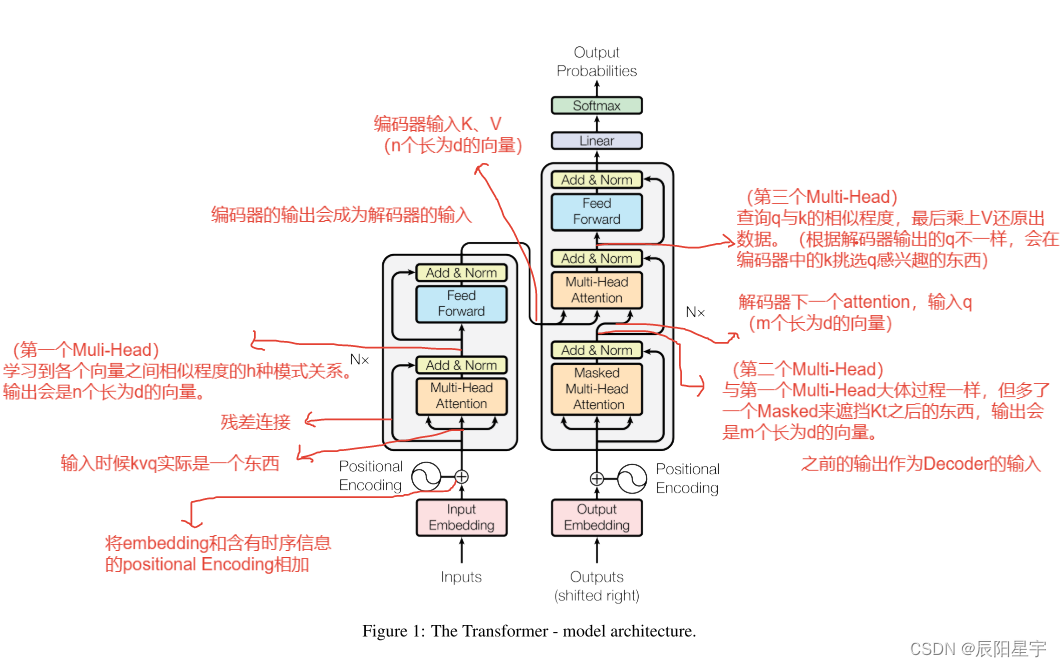
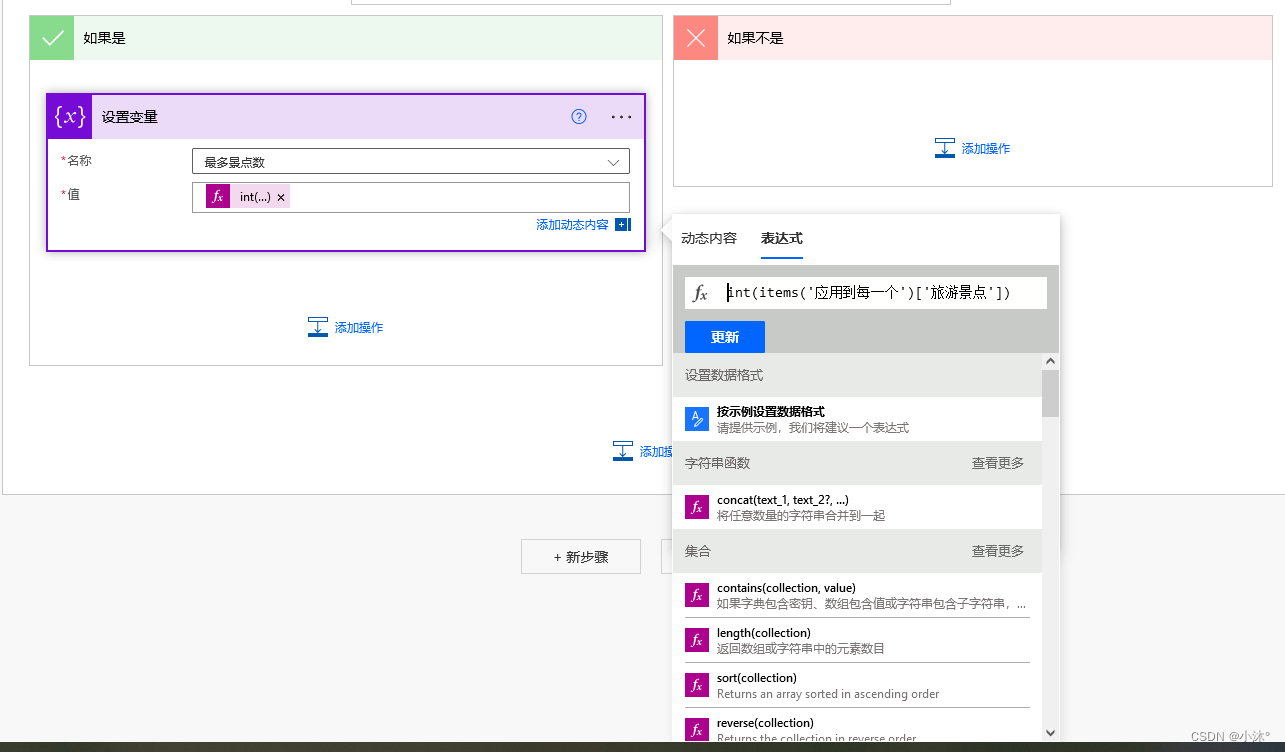


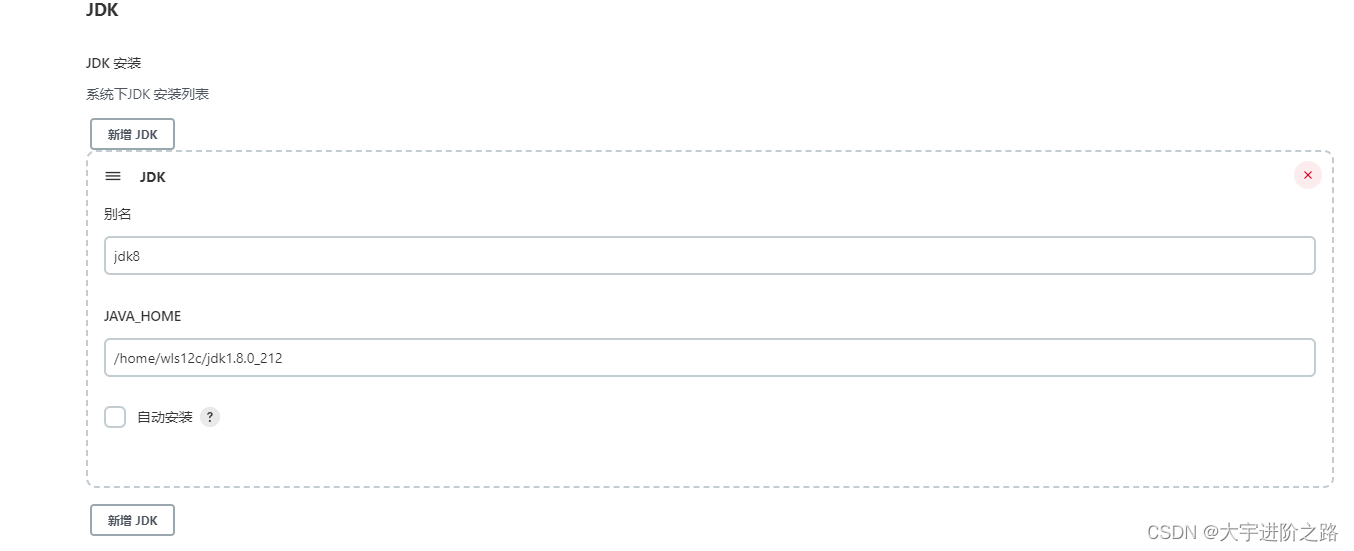

![[IJKPLAYER]基于DEMO分析IJKPLAYER(整理版本)](https://img-blog.csdn.net/20171016161510657?watermark/2/text/aHR0cDovL2Jsb2cuY3Nkbi5uZXQvd2VpeGluXzM1ODA0MTgx/font/5a6L5L2T/fontsize/400/fill/I0JBQkFCMA==/dissolve/70/gravity/SouthEast)



